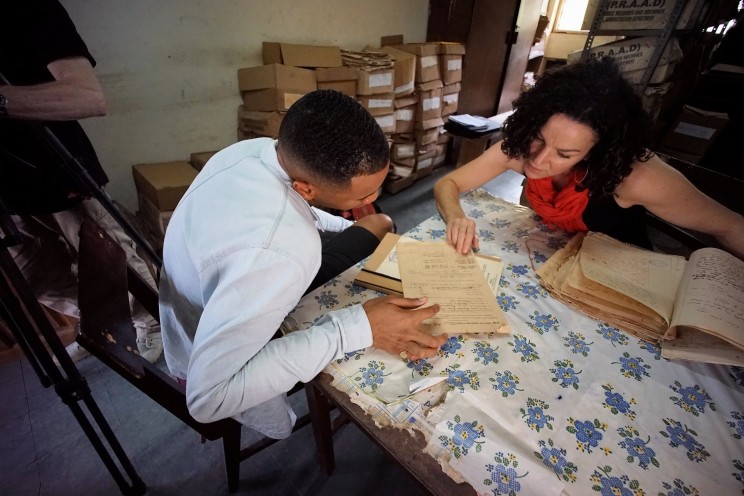A Chosen Exile: A History of Racial Passing in American Life, by Allyson HobbsPosted in Articles, Book/Video Reviews, History, Media Archive, Passing, United States on 2014-10-30 20:23Z by Steven |
A Chosen Exile: A History of Racial Passing in American Life, by Allyson Hobbs
Times Higher Education
London, United Kingdom
2014-10-30
Catherine Clinton, Denman Endowed Professor in American History (University of Texas); International Professor in U.S. History (Queen’s University, Belfast)
Those who masqueraded as white scarred more than just themselves, finds Catherine Clinton
Questions of diversity and colour, race and status are central to studies of modern society, especially in 21st-century America, where the election of Barack Obama – born of a white mother and a black African father – as president has made the consideration of all things African American both urgent and fashionable. These pursuits have spurred an ambitious generation of academics to reconsider scholarly convention and to embrace rather than evade complex issues of racial politics and practice – not least those highlighted in the histories of light-skinned black Americans who abandoned birth families, kin networks and communities to cross the colour line and “pass” into the world of white privilege.
While literary scholars have long mined the “tragic mulatto” theme, until recently US historians have rarely explored and barely acknowledged the clandestine world of the tens of thousands of black people, across many generations, who masqueraded as white. Here, Allyson Hobbs provides fresh analysis of an oft-ignored phenomenon, and the result is as fascinating as it is innovative. She foregrounds the sense of loss that passing inflicted, and argues that many of those who were left behind were just as wounded and traumatised as those who departed. Those who passed may have had much to gain, but what were the hidden costs, the invisible scars of enforced patterns of subversion and suppression? She suggests that the core issue of passing is not what an individual becomes, but rather “losing what you pass away from”…
…A Chosen Exile is given depth and resonance by Hobbs’ excavation of a wide range of sources, and she is as adept at tracking nuance in antebellum “runaway slave” advertisements as she is at spotting the modern trend for advertising to address Generation E. A. – ethnically ambiguous – consumers. She is also insightful at capturing the tone and texture of life for those who saw masquerading as white as the road not taken. In the 1930s, the black writer Charles Chesnutt told an interviewer who asked why he had not passed: “I married a woman darker than myself, and I will never go where she is not welcome, too.”…
Read the entire review here.

